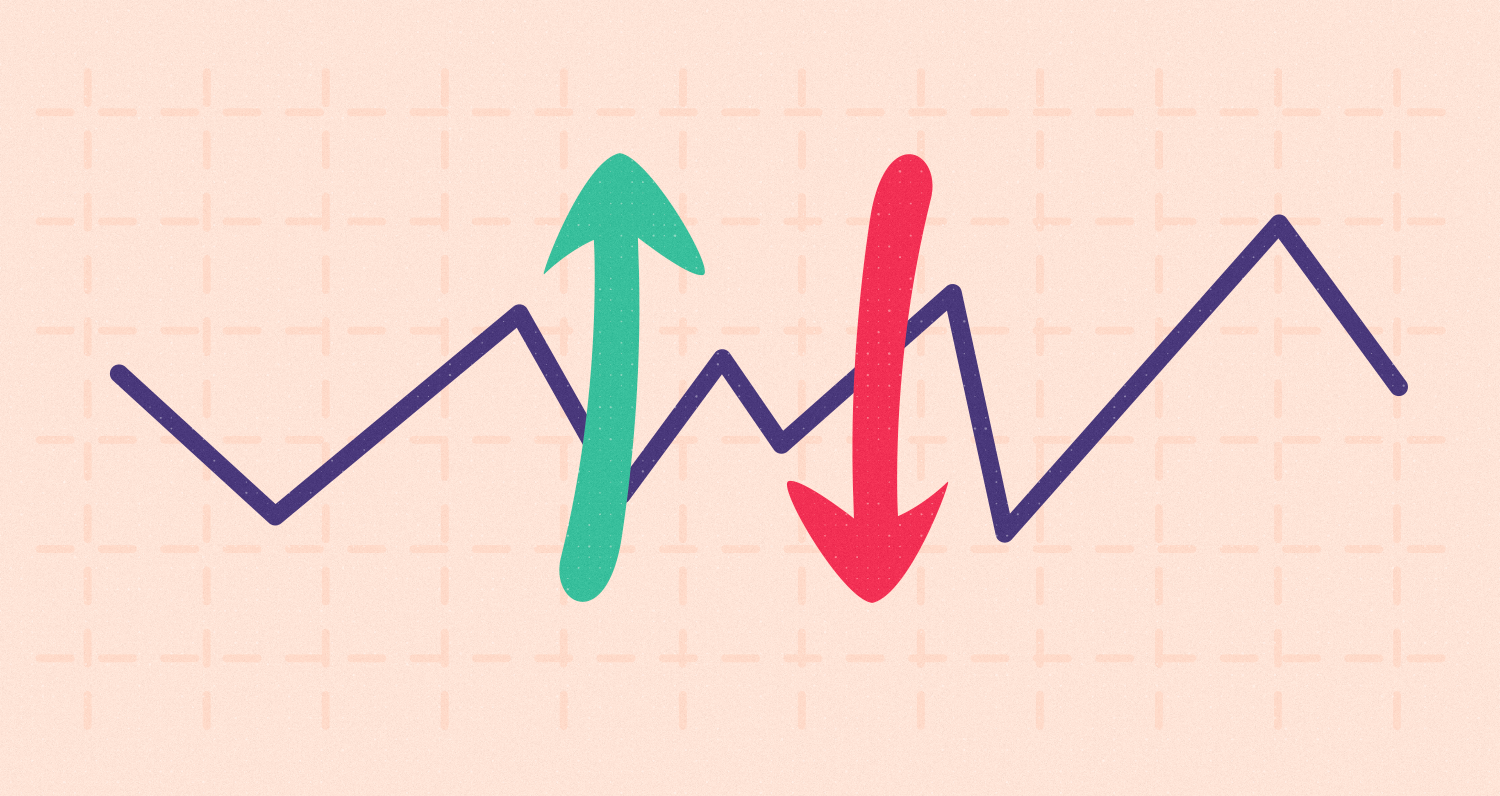It’s a chill Friday morning. You asked your brother to get you some fresh meat from the butcher’s market. There are two scenarios in this case: you can either tell him to buy 5 kilos of meat at any given price, OR buy 5 kilos of meat at a specific price.
The same goes when placing an order in the stock market. I’m not kidding. There are two types of orders: market order and limit order. Let’s dive right in.
Market Order: Immediacy over Price
Market orders put immediacy over price, which means that your order is placed right away regardless of the stock’s price. It is instantly executed at the best available market price. Investors usually place market orders when they want to buy or sell a stock instantly.
Let’s take an example. You wish to buy 200 stocks immediately. People who are selling this stock were asking (aka asks) for SAR 20, and others wanted to buy it (aka bids) for SAR 18. Your friend, Atef, was selling 100 of this stock for the asking price (SAR 20). So, if you have placed a market order for 200 stocks, half of your order will be executed instantly for SAR 20. What about the rest? The other half of the stocks will be bought at the market price. It could be as high as SAR 25 or as low as SAR 18. It all depends on the market. In other words, you don’t have to necessarily buy the 200 stocks with the same price, if it’s a market order.

As the order is executed at the market price, the market should be open, right? Nope, not necessarily. You can place a market order outside market hours. Yet, it will be executed at the market’s open price – which is the price at which the stock will be bought or sold upon the opening of the trading day.
It’s important to point out that you can’t cancel a market order, since it gets executed immediately.

Limit Order: Price over Immediacy
Limit orders put price over immediacy. In other words, you set a limit on the price you’re willing to pay or accept for a given stock. It’s like an instruction to buy or sell a stock only at a specific price.
Buy limit orders
Let’s say that you wish to buy a stock for SAR 10, so you place a limit order with your desired price. In other words, you’re instructing the system to execute your order at a maximum price (or less). Yet, the current market price for the stock is SAR 15. Hence, the order will not get executed unless the price falls off to SAR 10 or less. Then and only then, your buy order will be executed.
Sell limit orders
Let’s take the same example but for selling. Imagine that you wish to sell a stock for SAR 20, so you instructed the system to execute your order at a minimum price of SAR 20 or more (aka you placed a limit order). So, your order will only get executed when an investor is willing to buy your stock for SAR 20 as a minimum.
Yet, what if the market didn’t reach your desired price? The rule is simple. If the market doesn’t align with your limit buy or sell price, then your order will not be executed.
Will it be pending forever? Nope, not really. When you place a buy or sell limit order, you have three options:
Option #1: Good till cancel
Good till cancel (GTC) means that in case your placed order didn’t get executed, it will remain active until you cancel it.
Option #2: Good till day
Good till day means that your order will be active for one day, or to be more specific for one trading session unless it has already been cancelled or executed.
Option #3: Good till date
This simply means that your order will remain active until a specific date that you determine in advance.
Unlike market orders, limit price orders can be canceled at any given moment.




